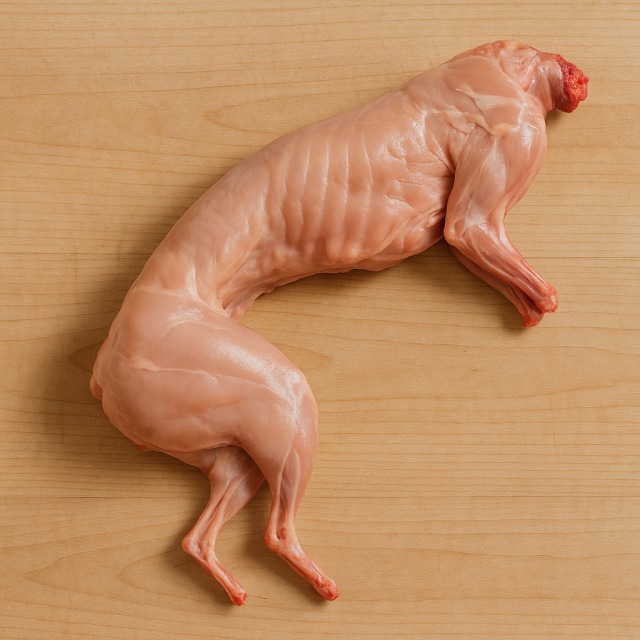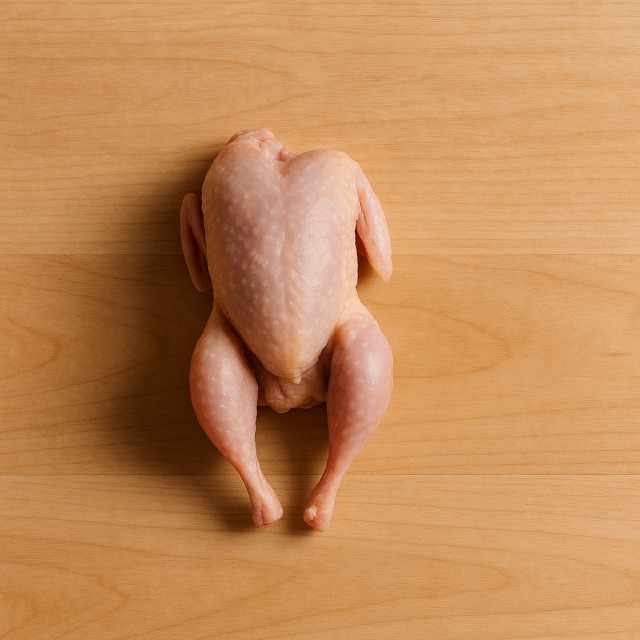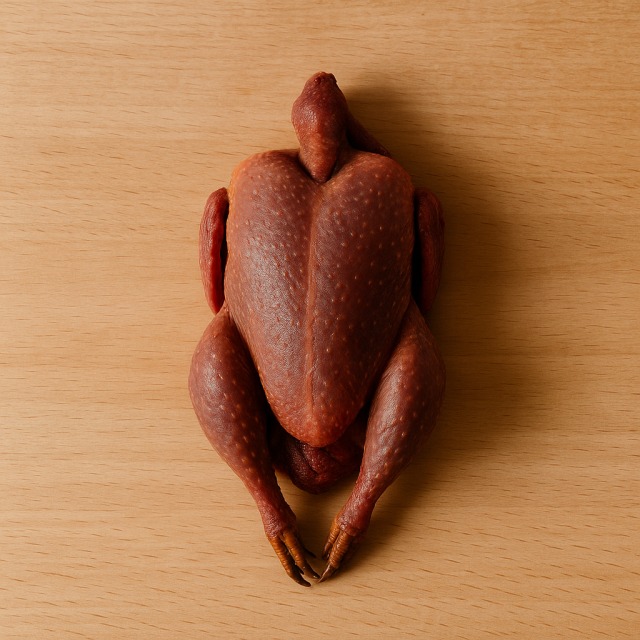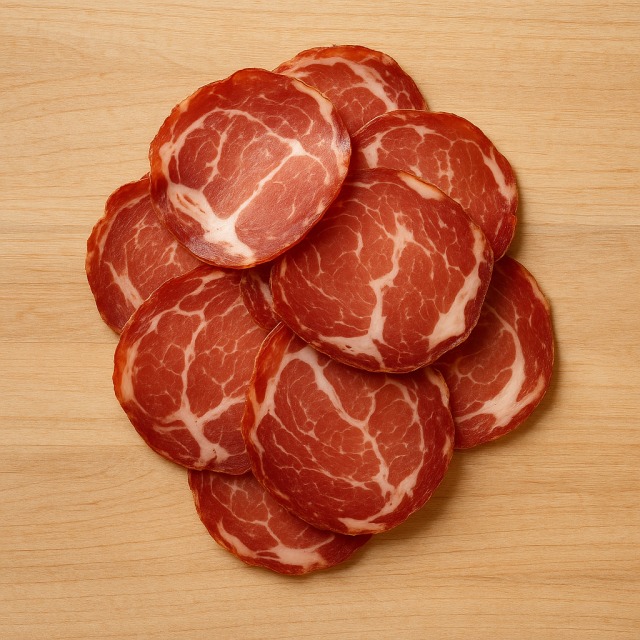Calorie Chart / Meat & Eggs / Rabbit
How Many Calories Are in Rabbit?
Calculation of the nutritional value & Recommended Dietary Intake of rabbit
For g and a calorie requirement of kcal
| Calories 200 kcal | Proteins 33 g | Lipids 7.5 g | Carbohydrates 0 g |
| 10% | 44% | 11% | 0% |
Health benefits of rabbit

Rabbit - 100g
Calories 133 kcal
Proteins 22 g
Lipids 5 g
Carbohydrates 0 g
With only 133 calories per 100 g, rabbit belongs to the moderate-calorie meats: enough calories to supply long-lasting energy but still easy to fit into a hypocaloric plan. Those calories are chiefly supplied by 22 g of complete proteins and just 5 g of lipids, so every bite delivers a favorable calories-to-protein ratio.
Rabbit provides vitamin B12, niacin (B3), and vitamin B6, nutrients that help convert the calories you eat into usable energy and support the nervous system. On the mineral side, it is a good source of selenium, phosphorus, and easily absorbed iron. Because its fat is mostly unsaturated, the calories coming from lipids are of better quality than in many red meats.
Traditionally, rabbit was prized on European farms for its rapid reproduction and low feed requirements: it yields high-quality protein and moderate calories with a small environmental footprint. During World War II, families raised backyard rabbits to secure calories and nutrients when other meats were scarce—an example of how versatile this moderate-calorie food can be.
Tips for incorporating rabbit into a balanced diet
To keep the calories under control while getting the most flavor, braise rabbit in white wine with plenty of aromatic vegetables such as carrot, leek, and button mushrooms. A Dijon mustard sauce will add depth without exploding the calories if you finish it with a spoonful of light crème fraîche.
Looking for a Sunday roast? Replace fatty cuts of pork with rabbit saddle, serve it with steamed broccoli, and a portion of brown rice. The trio keeps the meal's calories reasonable, supplies fiber, and balances proteins with complex carbohydrates.
If you crave comfort food, try a Mediterranean "cacciatore" style: simmer rabbit pieces with tomato, olives, and bell pepper. Compared with the higher calories of a classic duck confit, this dish offers lighter calories yet just as much satisfaction.
In sandwiches, shredded cold rabbit can replace ham or chicken breast. Add crisp arugula and a thin spread of hummus (if you prefer plant proteins) to keep calories in check while boosting flavor and texture.
Frequently Asked Questions
- How many calories are in rabbit?
- Rabbit contains 133 kcal per 100 g.
- Is rabbit lower in calories than chicken?
- Yes, rabbit delivers roughly 133 calories per 100 g, whereas cooked chicken averages 165 calories, so rabbit can trim about 30 calories from a standard portion.
- Does frying rabbit increase its calories?
- Pan-frying in oil can double the calories because the meat absorbs fat; opt for oven-roasting to keep calories close to the original 133 kcal.
- Which side dishes keep the overall calories light?
- Pair rabbit with steamed zucchini or green beans and skip high-calorie french fries to maintain a low-calorie plate.
- Is rabbit suitable for high-protein, low-calorie diets?
- Absolutely. Its 22 g of protein come with just 133 calories, making rabbit ideal when you need high protein and controlled calories.
- How do rabbit calories compare with beef steak?
- A grilled beef steak provides about 190–250 calories per 100 g, depending on the cut, far more calories than rabbit. Swapping beef for rabbit can therefore reduce meal calories significantly.
Similar foods
Information provided by Calorie Menu may contain inaccuracies or errors. It cannot, under any circumstances, substitute medical advice or medication.










